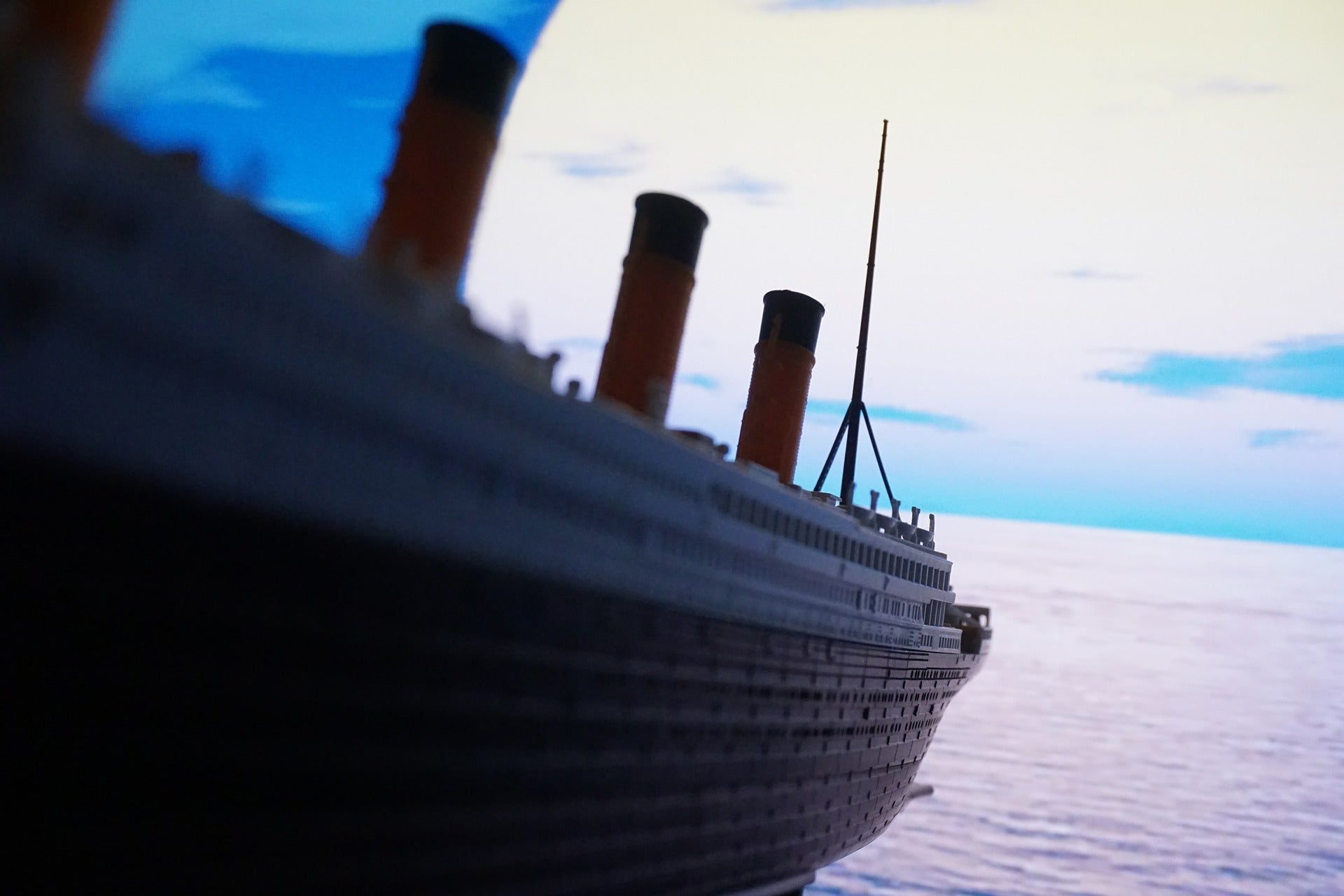The sinking of the Titanic was one of the most deadly maritime disasters in history that didn’t occur as a result of war. Following the tragic events of April 15, 1912, America and Britain both held investigations, and countries internationally came together to propose better standards for safety regulation of sea vessels. Thanks to these efforts the Convention for the Safety of Life at Sea (SOLAS) was created which is still, today, regarded as the most important agreement internationally for the safety of merchant ships.
Learning about the Titanic is important for all children in school as a big event in human history that caused people to think differently and come up with new ways to work to make sure we avoid similar tragedies in the future. Through immersive teaching children will get excited to learn what it was like to live onboard the most opulent luxury vessel of the time, what it was like below deck on the lower classes, and the shocking class divide.
Although sensitivity should be given care and attention, it’s also important to teach the children about what happened when the ship sank, how the survivors managed to flee the ship, and what happened to them afterwards.
Titanic Teaching Resources: KS2
- Teaching Packs offers a Titanic teaching pack made up of resources and activities that mean you don’t need to do any planning at all. Everything you need to complete a teaching module covering the Titanic is here, including a timeline of main events, a PowerPoint guide to the Titanic, an image pack, a quiz, and more.

- On the Plan Bee website, teachers can find fun facts about the Titanic for students to learn which give context around the history of the sinking and the way people lived during the 1910s. These facts can also be used to help teachers form tests and quizzes about what the children have learned through other activities.
- On the ThoughtCo website, teachers can download Titanic activity sheets for free which can be printed and handed out for children to complete. Activities include quizzes, crosswords, and colouring pages. Try combining an activity sheet with one of the videos below and see which questions the children can answer.
Videos about the Titanic for Children
- A CGI reconstruction of the sinking of the Titanic was created for National Geographic by James Cameron’s team with his commentary over the top. The footage is reminiscent of that from the 1997 film Titanic but with more up-to-date effects.
- This video by Bedtime History uses immersive narration and visuals to take students on a journey through the creation of the Titanic, its construction and origins, what life on board the Titanic was like, and what happened when it collided with the iceberg.
- British Pathe interviewed survivors of the sinking of the Titanic in this video where children will have the opportunity to hear first-hand accounts of what it was like to experience the ships maiden voyage in different classes as well as the moments the ship was evacuated.
- If students are still wondering what happened to the survivors after they made it safely back to shore, this video by Bright Side offers some fun facts, complete with animation, about the lives of known survivors and the things they did went they made it to America.
Titanic Activities for Primary School
- Organise the children into groups and ask them to try and make the sturdiest boat they can. Offer the children a selection of materials to use. You could include tin foil, clingfilm, cardboard, sellotape, and baking paper. Encourage the children to think about which materials are waterproof and how to make their boat balance and float. Use marbles or stones at the end of the activity to test which boat works the best.

- Roleplay as real passengers on the Titanic. Give each student their own ticket to board the Titanic. The passenger characters should be based on real passengers that boarded the Titanic. Encourage the children to write a journal entry as their character about what it was like to be onboard the Titanic. They will need to think about which class their character is in and what they’ve learned about their quality of life onboard. Gather together a profile on each of the passengers and have the children find their character and research them to find out if their guesses were right.
You could get the students thinking creatively by asking them to draw what they think their character looked like. Our Pre-Cut Card Heads are ideal for this, letting each child get to work adding features and colours, while writing facts and details about their character on the back.

- Make a real iceberg with the students to understand exactly how an iceberg floats in the oceans and why the watchmen and captain of the Titanic spotted it too late. Follow the steps to recreate this experiment on Science Sparks.
Take learning about icebergs further and interlink history with geography by teaching the students about how icebergs are formed, where in the world they exist, and the impact of global warming on sea levels and the natural environment. A prop like this Small World Play Iceberg is great for getting children thinking about icebergs while they play.





